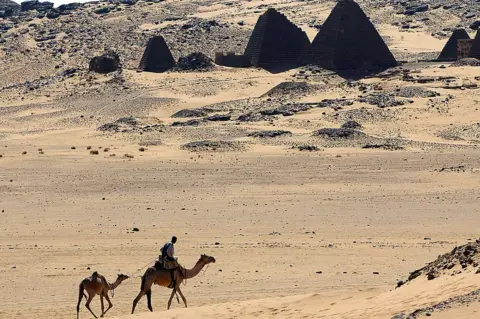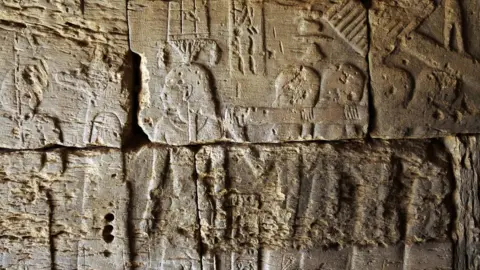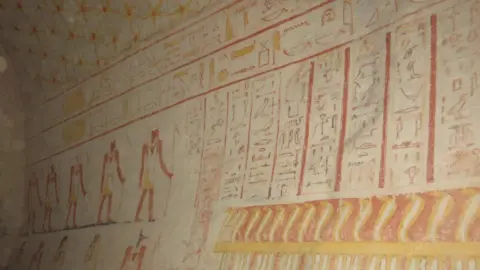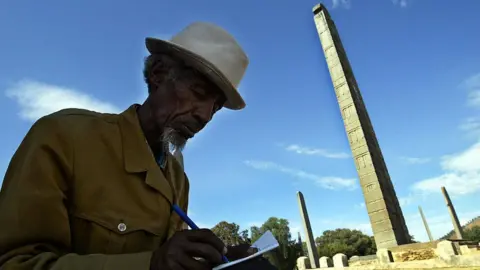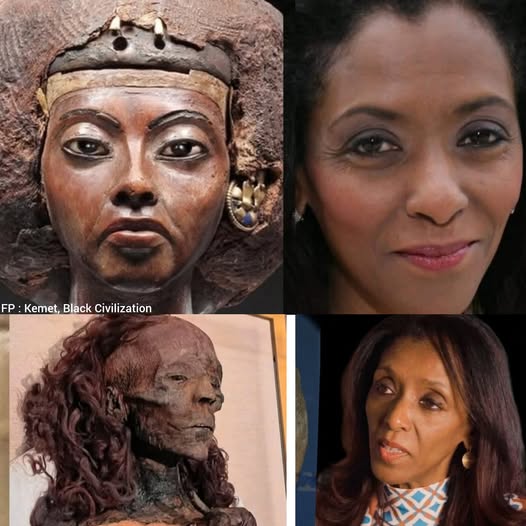
One of Africa’s best kept secrets – its history
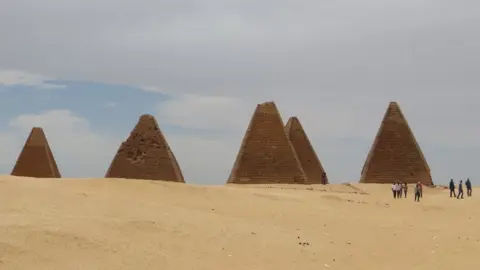 Kush Communications
Kush CommunicationsAfrica has a rich and complex history but there is widespread ignorance of this heritage. A celebrated British historian once said there was only the history of Europeans in Africa. Zeinab Badawi has been asking what is behind this lack of knowledge and looking at the historical record for an African history series on BBC World News.
The Great Pyramid of Giza in Cairo is rightly considered one of the seven wonders of the ancient world. But travel further south along the River Nile and you will find a thousand pyramids that belonged to the Kingdom of Kush, in what is now Sudan.
Kush was an African superpower and its influence extended to what is now called the Middle East.
The kingdom lasted for many hundreds of years and in the eighth Century BC, it conquered Egypt and governed for the best part of a century.
What remains of the kingdom is equally impressive. More than 300 of these pyramids are still intact, almost untouched since they were built nearly 3,000 years ago
Zeinab Badawi
 Kush Communications
Kush Communications“There has been a way of seeing Africa in terms of poverty and conflict which has become a kind of shorthand for the continent that still persists today.”
You can watch History of Africa on BBC World News at the following times:

Some of the best examples can be found in Jebel Barkal in northern Sudan, declared a world heritage site by the UN’s cultural agency, Unesco.
Here you can find pyramids, tombs, temples and burial chambers complete with painted scenes and writings that Unesco describes as masterpieces “of creative genius demonstrating the artistic, social, political and religious values of a human group for more than 2,000 years”.
